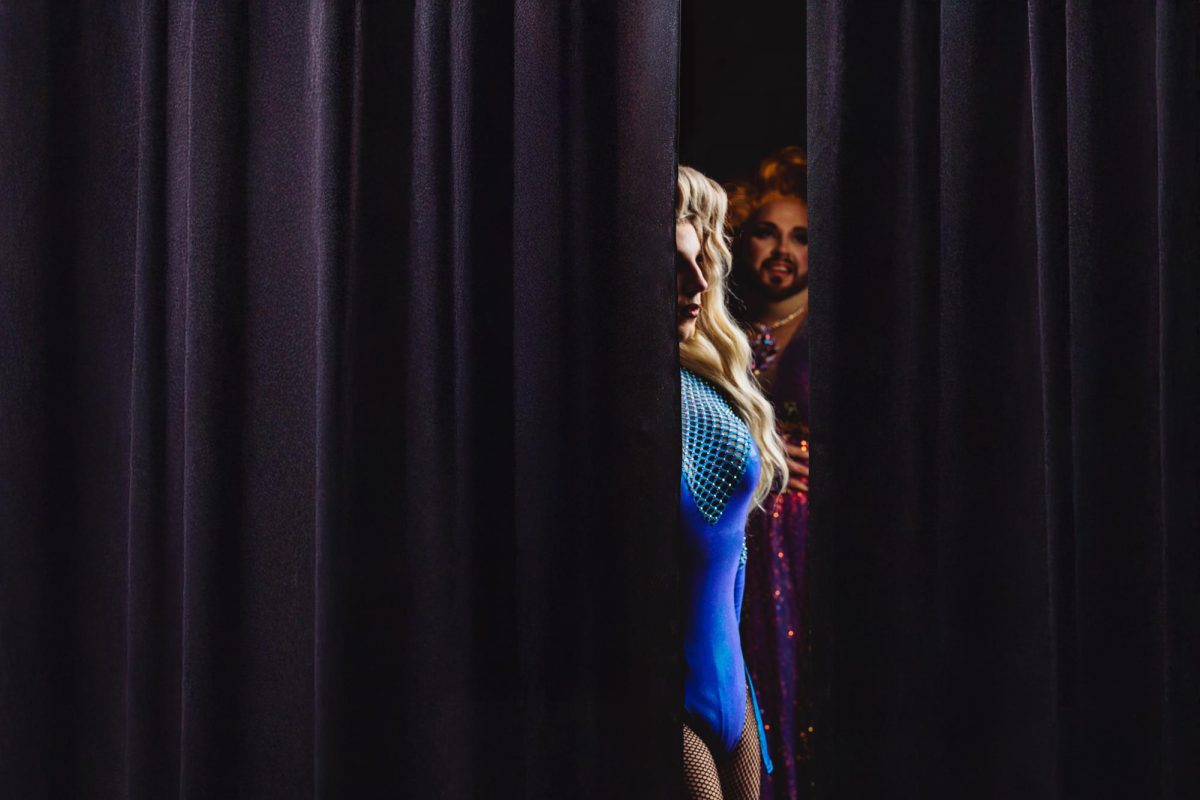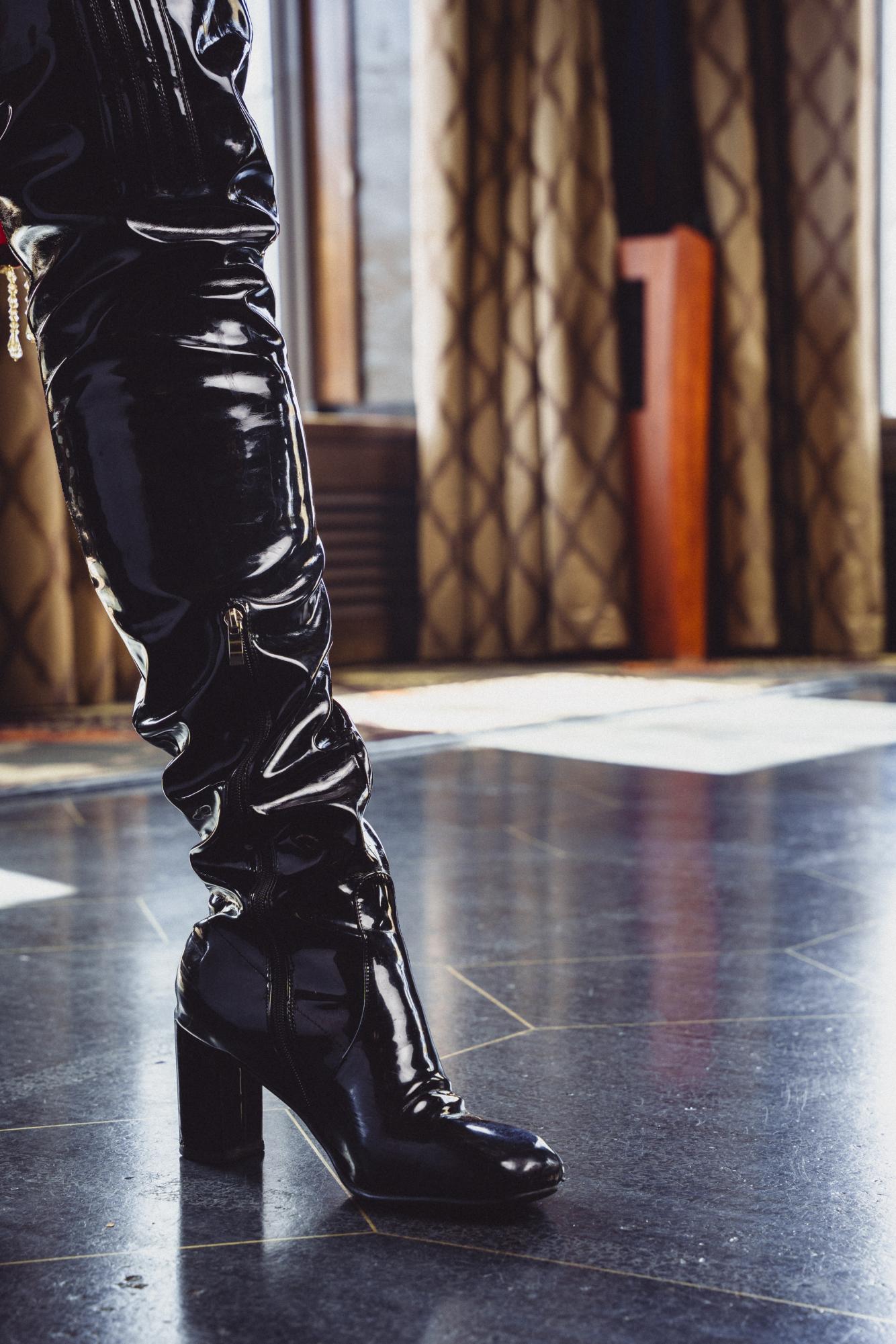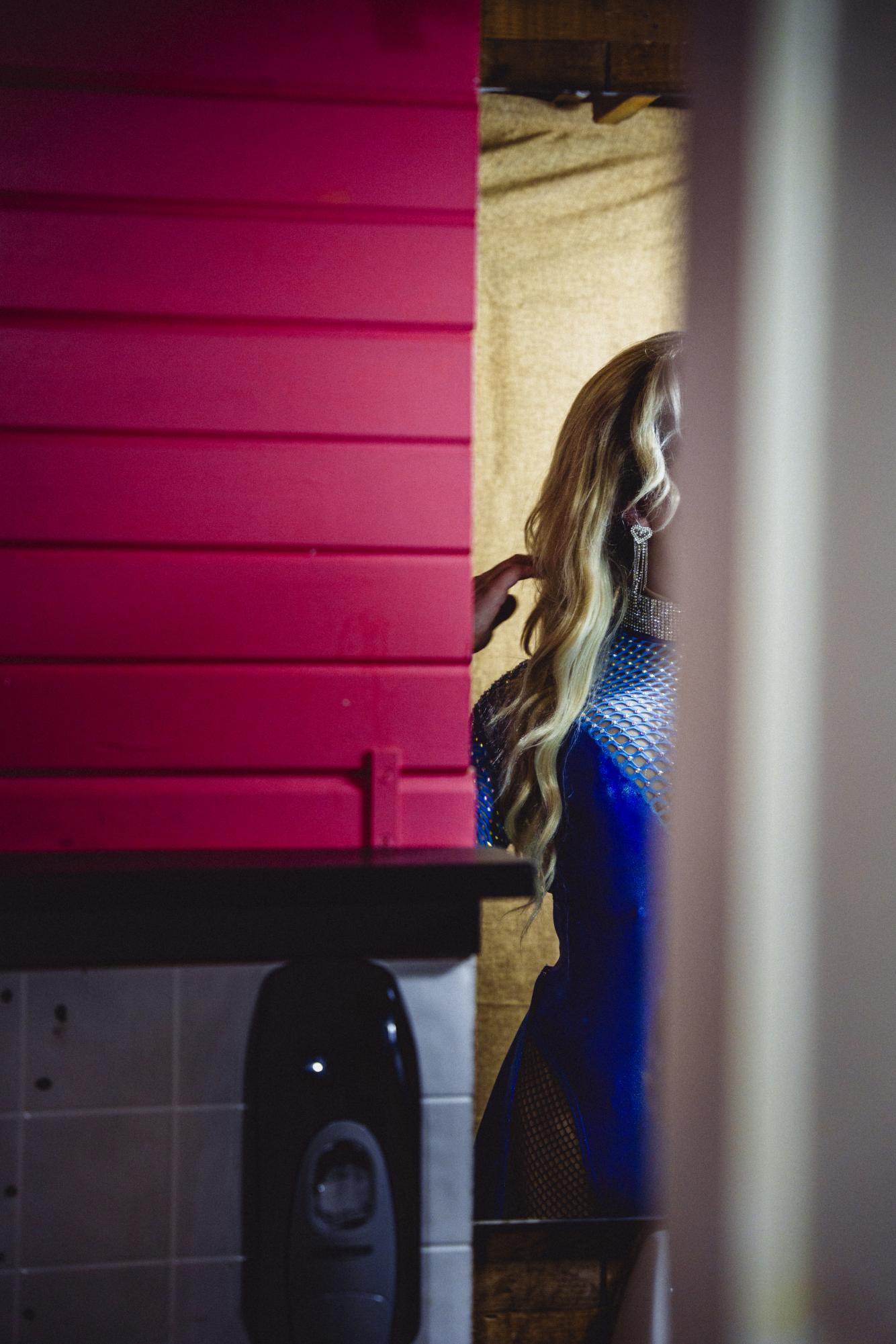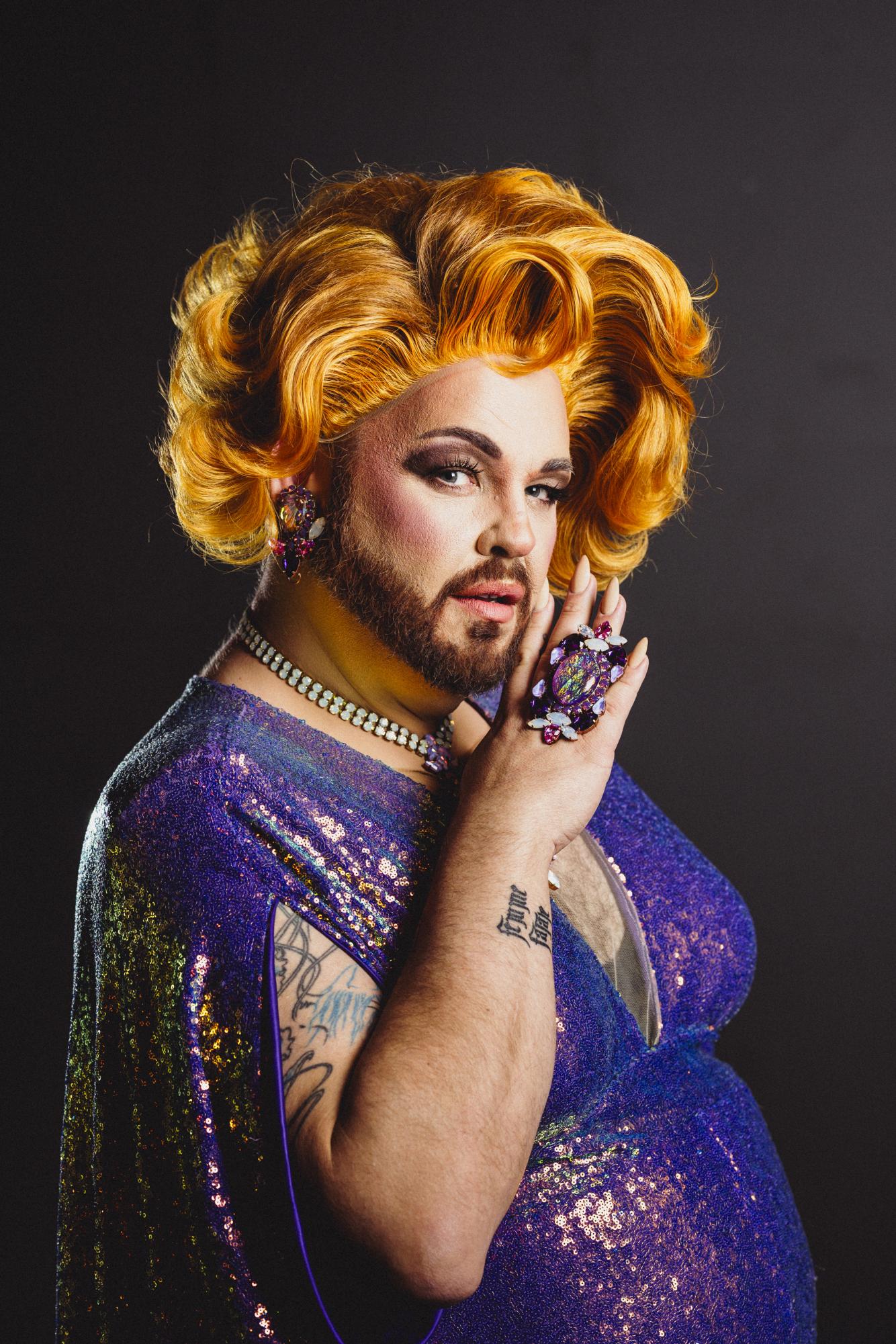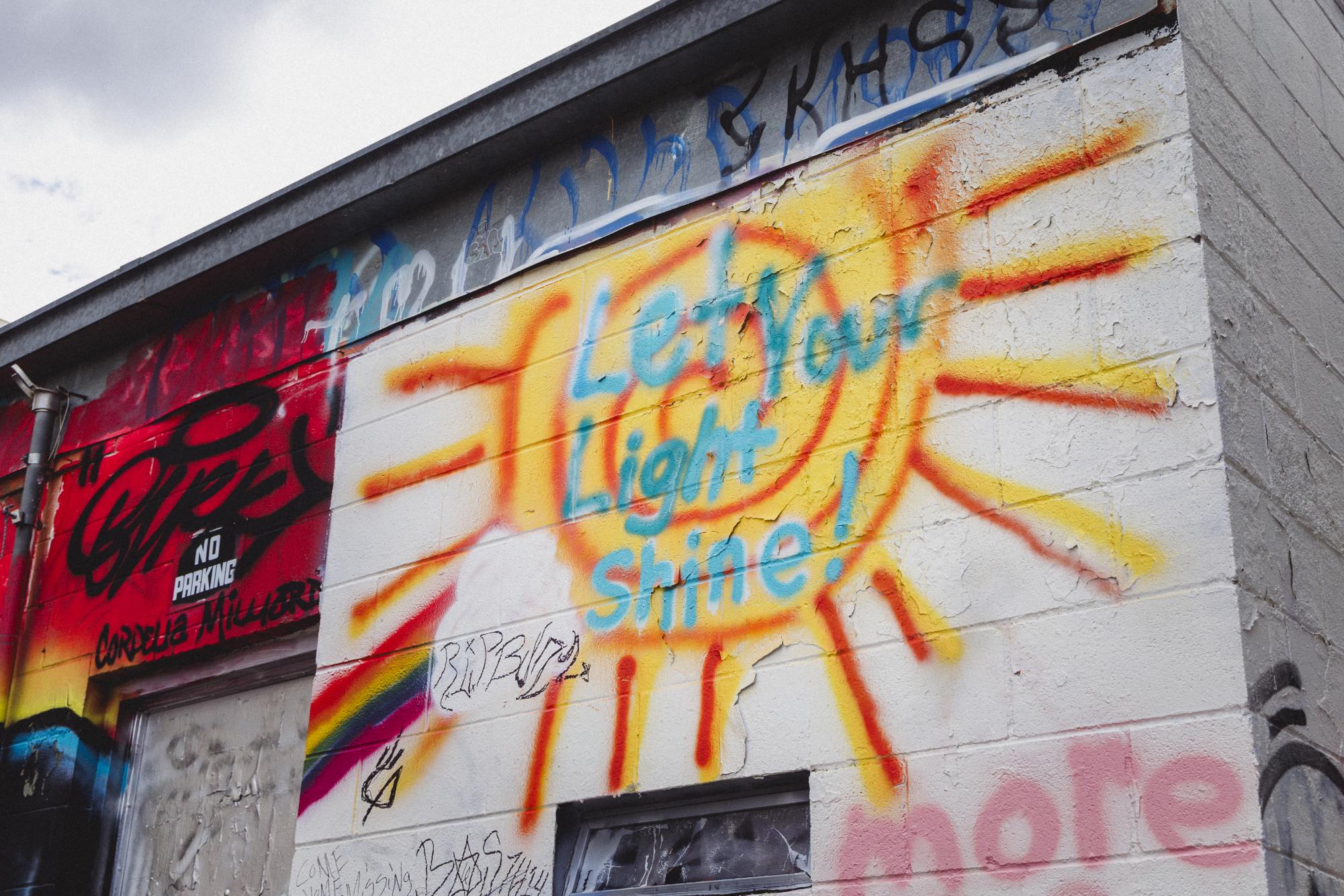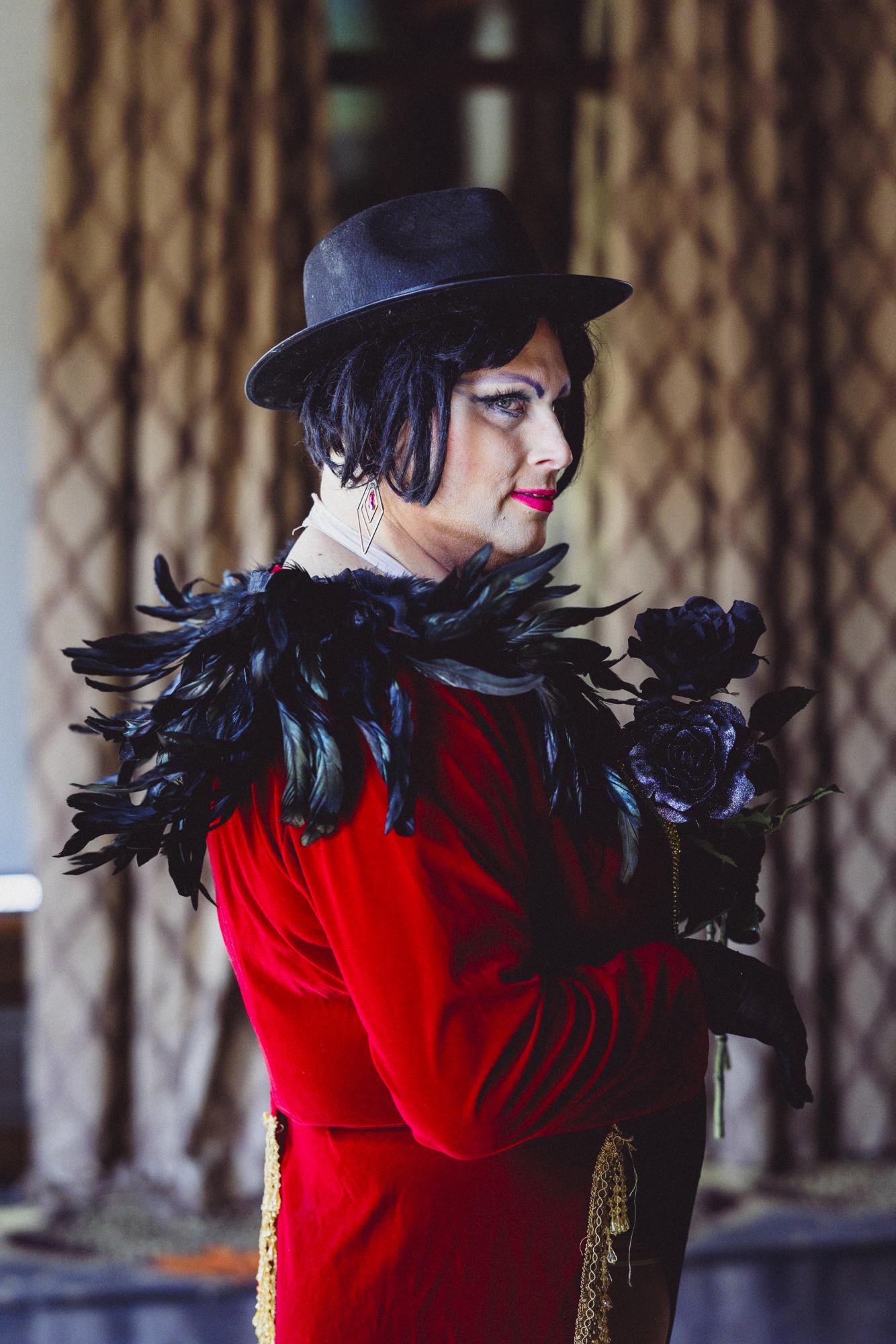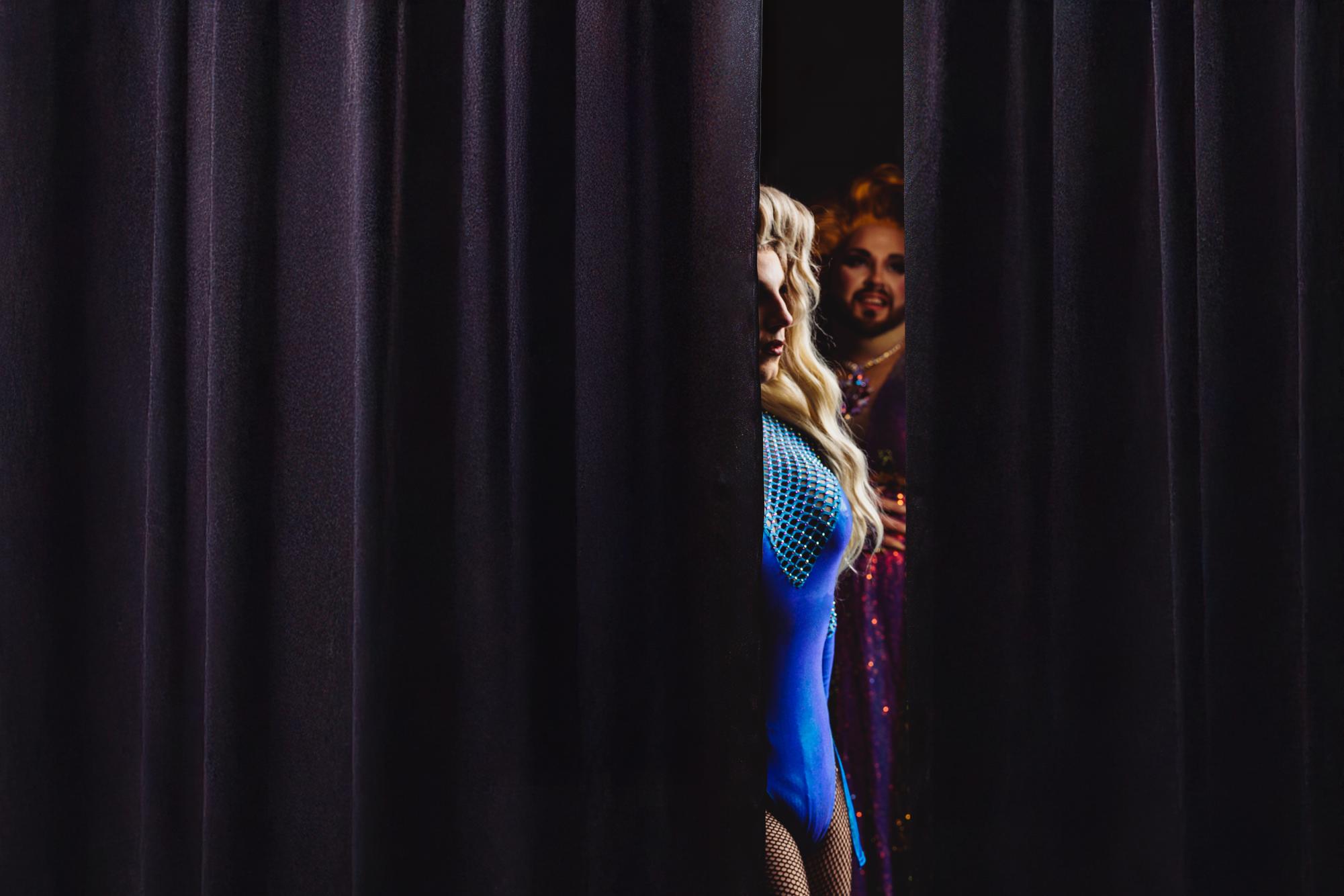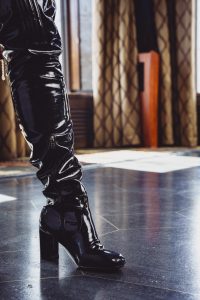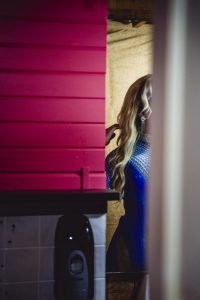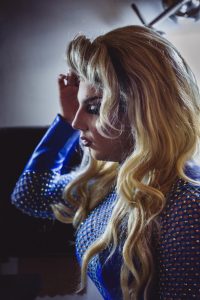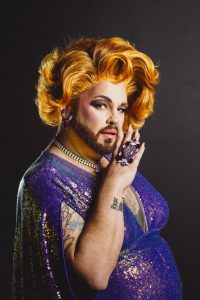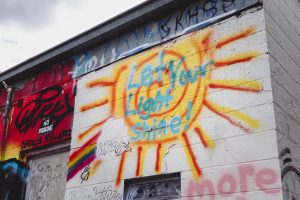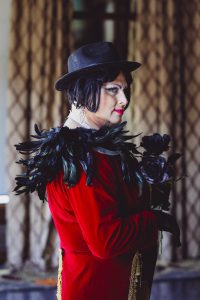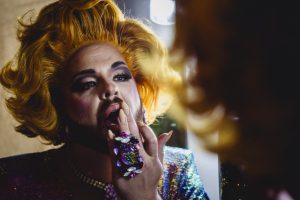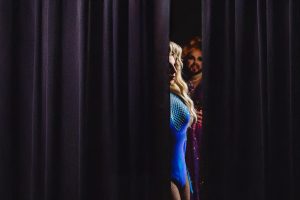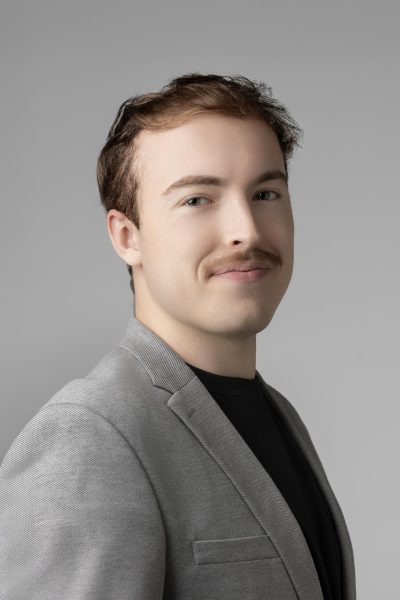The lights are low, mostly coming from the bar in the back of the room. There are various levels of dress present: a man in jeans and a t-shirt, an older woman in a full-length-dress, an excited twenty-something in a sparkling rainbow jumpsuit. It smells mildly like alcohol mixed with stale hotel convention-room air. It’s rough around the edges.
The crowd can see through the center gap in the curtains, displaying the performers prior to the optimal dramatic entrance. And after they’ve wowed the audience, the patrons can see them walk out the door to their ‘dressing room’ – a blocked off section at the end of the hallway outside the convention room. The music skips, one of the hosts is twenty minutes late and there’s only eighty people here. But this little show, in this little town, nestled deep in middle America, is about to create magic. Because this, honey, is DRAG.

Before the big performance, however, there is much work to do.
Being a drag performer requires a specific skill set. The artists must know how to do makeup and hair, while curating what they are going to wear to perform. They must know how to lip sync and work a crowd, memorize music and choreography and be in shape to perform said choreography. Once the performance and persona are in place, the artists must network to find venues to perform at, maybe travel to get to those venues and pay for those expenses. Unfortunately, all of these hurdles are in addition to the highest of them all: drag artists often have to fight for their right to perform or to even exist in the first place.
You have to find the right music for your number. What works for you? Is it going to be simply lip syncing or will it be more physically demanding?
The stigma against drag artists continues to dwindle away in progressive parts of America and around the world, but remains stubbornly in place for other areas. One such area is Rapid City, South Dakota. Rapid is a town of about 80,000 people. The vast majority are Republican, Christian and white. This little town is at least six hours away from any major metropolitan area in any direction. In addition to its geographic isolation, a long history of conservative political dominance contributes to the culture in Rapid.
It can be very difficult to be openly queer in a place like this, and drag–an overwhelmingly queer artform–has struggled to thrive here. Art is nothing if not resilient, however, and drag performers in Rapid City continue to persevere despite the challenges of the location, its politics and its culture.
“I’ve worked very hard, and my girls have worked very hard, over the last five years to make Aby’s (a local bar and venue) what it is for drag,” said Patrick Fitzgibbon–aka Dixy Divine–a drag queen who’s performed and produced drag in Rapid City for the past six years. “We have [a show] every month, and that’s because of me.”
Fitzgibbon is a pillar of the drag community in Rapid City. It’s company –Divine Productions– is one of very few in Rapid and the surrounding area. The fact that it exists and achieves any level of success is a feat in and of itself.
Now you’ve found your music, you begin choreographing and rehearsing your act.
Even in little Midwestern towns, drag shows can be a grand occasion. People are in it for the love of the game. It’s gratifying for those that care, both those involved behind the scenes and the show’s audience.
“I like going to these smaller venues personally, because someone needs to reflect the small amount of the LGBTQ community in these areas,” said Cynthia Grace–stage name Virgo the Vixen–a local drag queen in Rapid City. “[When] I go out to perform in these smaller areas, and those who do show up are grateful that someone is taking that initiative, and being that brave to say, ‘hey, look, we’re here to perform.’”
In 2018, Grace was entered into the Miss Deadwood competition by her friend and fellow drag queen Christine Kwon Do without her knowledge or permission. Her very first performance was far from perfect.
“So what happened is they shined the stage lights directly square into my eyes, okay? I misstepped,”Grace said. “So what happened is I rolled my ankle. I fell off stage. Half the audience was in tears because they were laughing so hard.
“The other half was mortified, okay? They allowed me to re-perform because of this. So here I’m up on stage on a bad ankle, giving it my all. And when I was done, I was thinking, ‘Yeah, I could do this.’”
Her main take away, after being unknowingly entered into the competition, having to get ready in a broom closet and falling off the stage mid-performance, was that she wanted more. The reason she knew she could handle it? She already was. Everyday.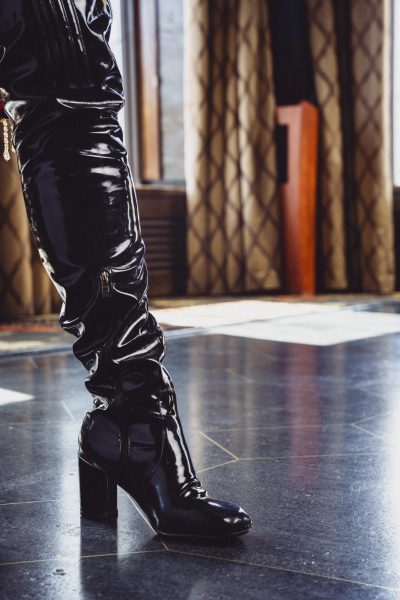
Next comes a vital step: the look. What’s the hair? How’s the paint job? What are we wearing?
“As a trans woman growing up here in South Dakota, I know what it feels like to be not only ostracized, exiled, dismissed, forsaken, forgotten,” Grace said. “You can think of any adjective you wanna put in there, and I probably have faced it, or have experienced it at one time.”
It’s possible to talk about drag culture and history without talking about transgender people, but it’d be about as thorough as painting a rainbow with only three colors in it. Trans people and drag artists have a complicated, intertwined history. Many trans people do drag as an interest separate from their gender identity, but many also find themselves through performing in drag. At its core, drag is an exaggerated performance of gender. When performing in drag, men often dress in feminine ways and women in masculine ways. There’s also plenty of androgynous drag artists and non-binary people who do drag in a number of different ways. But because cross-dressing–even if highly stylized– is usually present when performing drag, people can learn things about themselves. They intend to dress up for a performance and discover they like how it feels to be seen in this way or wear these kinds of clothes.
That journey of self-discovery is a valuable thing, especially for the artists themselves, but unfortunately, it’s not something everyone understands or agrees with.
“I just laugh at it and move on [from negative reactions], because that’s all you really can do,” Fitzgibbon said. “I mean, you can take the comment and have a little fun with it, but you can’t let it ultimately affect your day, because we have too many things right now in this country that are really affecting our community.”
Okay, we pretty much know what you’re doing and how it’ll look. But how could it be improved? We need other’s opinions! Call your girls!
Drag artists and LGBTQ+ community members in general are great cheerleaders for each other. Amidst all the hate and vitriol thrown at them, they have each other’s back. But in the current political climate in America, trans people need the most support from others. And because there’s so many trans people in the drag community, a lot of that support comes from them.
“Especially in this day and age, we really need to put ourselves aside and make sure that everybody around us is okay and then, at the same time, that’s going to nurture our soul and feed us and make sure that we’re okay,” Fitzgibbon said. “That’s not for everybody, I know that, but [trans people are] constantly under attack right now. It’s what I think the community itself needs.”
Support from fellow community members isn’t a transactional relationship either. There’s an innate understanding that queer people have with each other that other people can’t always understand. You don’t have to explain your feelings or justify your existence to other queer people because they get it. They’ve lived it too. And that bond can become very strong.
“Any queer person knows that we create our own family and we surround ourselves with people that love and appreciate us and we love and appreciate them,” Fitzgibbon said.
With some help, you’ve tweaked the look, changed some dance steps and made your number performance worthy.
Queer folk deal with hate being thrown at them on a daily basis and on national news, they have to cope with that somehow. Community support is a big part of that but so is individual resolve. One must find something in oneself that keeps them going. For Cynthia Grace, it’s living as her bold and unapologetic self.
“This is aside from drag, but when you face these challenges as a trans woman, the ostracized, because of how politicized it has been in recent 10 years, you learn you have a choice,” Grace said. “And every person’s not like me. And I’ll be the first to admit that, that I’m bold and I’m different … and not everyone can be as brave or as bold, and that’s understandable, but someone has to be out there. Someone has to say, ‘I’m not afraid of you, I’m here, and I’m not the monster that you think I am, okay? I’m just like you.’ Just like anyone else.”
The night of your performance arrives. You get to the venue and begin getting ready.
Just because a myriad of political issues surround drag and trans people, that doesn’t mean that’s all drag is about. It can be used to bring light to or poke fun at those issues, but drag is art. It’s a performance, it should be joyous. In fact, it can be – and often is both things simultaneously.
“It’s all about being entertained,” Grace said. “If you want to come to a show and be entertained by different styles in drag, by different forms, different people, I would just come. Now it is like any other art. It is subjective to criticism, to be judged, and if you don’t like it, great, you’re more than welcome to leave.”
“No one’s saying you have to stay for the full show, but just give us a fair opportunity because it is a lot of fun…I come from the old-school way of drag and the way of thinking of drag, and that’s back to the foremothers back in Europe when they used drag as a social satire to bring light to the issues of that time. That’s the philosophy and school I go with, is to use my persona, to use my characterization, or whatever you wish to call it, to bring attention to these issues.”
Drag doesn’t hurt anyone. It’s a combinated celebration of gender and performance art. So even though Rapid City is still years behind more populated, progressive areas, there’s drag art here.
There are queer people here. Always have been and always will be.
The show begins. You wait your turn backstage and are subjected to the constant hum of nervous excitement that comes just before a performance.
One may have to find it between the cracks of all the mainstream goings-on, but drag is here.
“So I think we in Rapid City even though we have a lot of fucking shitty people…there’s a lot of good people around here,” Fitzgibbon said. “And sometimes we don’t see that because of the shitty people that are out there…We do have a very liberal area, but again it gets overshadowed and you just have to find those people.”
Drag is a beautiful thing for all those involved. Even when it’s a small show in the middle of nowhere, it’s beautiful. Rapid City queer people and drag artists are currently a small, but mighty few, but they’ll continue to exist and continue to fight for as long as needed.
The time has come. It’s your turn to take the stage. You can see a few waiting patrons through the center gap in the curtains. They’re smiling and holding cash. You take one last deep breath, hold your head up high, and when your name is called, you breathe out, turn on the face, walk out there and shine.

